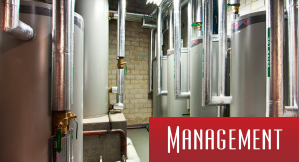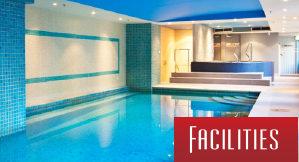The History of Hyde Park
Hyde Park Towers is conveniently located to Hyde Park, Surry Hills, Stanley Street, Chinatown, CBD shopping, World Square, Paddington and the Botanic Gardens.
Parks are part of what defines great cities, providing a natural oasis among the traffic and pedestrian bustle, a place for recreation and relaxation, and a focus for cultural activities and community events. Hyde Park, bounded by Elizabeth, Liverpool and College streets and St James and Prince Albert roads in central Sydney, is the oldest and most important park in Sydney. It is intensively used for strolling and short cuts, meeting and lunching, public gatherings and community events.
Today its central shaded promenade under the avenue of fig trees links the War Memorial and Archibald Fountain and provides openings into garden areas which contain many other monuments to events and people. It provides leafy vistas from the business district to architectural features such as St Mary's Cathedral, the Australian Museum and Sydney Grammar School.
Hyde Park is in the area reserved by Governor Phillip in 1792 for the use of the town of Sydney, on an elevated and comparatively level site adjacent to the town. It was used as a common (for gathering firewood and grazing animals) until its proclamation by Governor Macquarie in 1810. Although architect Francis Greenway envisaged it as the 'grand quadrangle' of a neoclassical town plan, Hyde Park's first use was as a course for horseracing. By the 1820s it had become a popular venue for cricket matches and informal children's games.
In the 1830s Governor Darling proposed to sell off the park for houses, but his successor Governor Bourke decided against this plan and reaffirmed its status as a park. College Street was built in 1832 dividing off part of Hyde Park, in the area which later became Cook + Phillip Park. In 1837 a new water supply known as Busby's bore brought water to Hyde Park where a raised pipe was used to fill the town's water carts.
![]() Read more on the Early History of Hyde Park Towers here.
Read more on the Early History of Hyde Park Towers here.
Historical Timeline of Hyde Park Towers
 1830-1912
1830-1912Various small buildings were constructed which included cottages, houses, a coach house and an Ironmongery in 1870.
 1913
1913Construction of a new four storey building was completed as Mark Foys Ironmongery.
Predominantly used as a car park.
 1995
1995Construction completed of Hyde Park Towers residential tower which included the adaptation of the remains of the existing building for use as commercial premises.
The site was under European settlement.
 1912
1912All Victorian buildings were demolished due to the widening of Elizabeth Street.
 1930
1930The Ironmongery was converted to a Service Station and Car Park called Hercules Motors since the Mark Foys store opposite was extended to embrace all departments.
Part of the existing Hercules Motors was retained while the other parts of the building were demolished. An historical archaeological excavation was carried out on the site.
“Apartment buildings are also often more about location than looks. Many can't afford a
house close to the city, but appreciably more can afford to live there in apartments.
One of the hottest residential spots in Sydney today is Hyde Park.”
Life inside an 'egg crate' by Susan Wellings, Sydney Morning Herald
All historical photos supplied with thanks by The Directory of Sydney.


